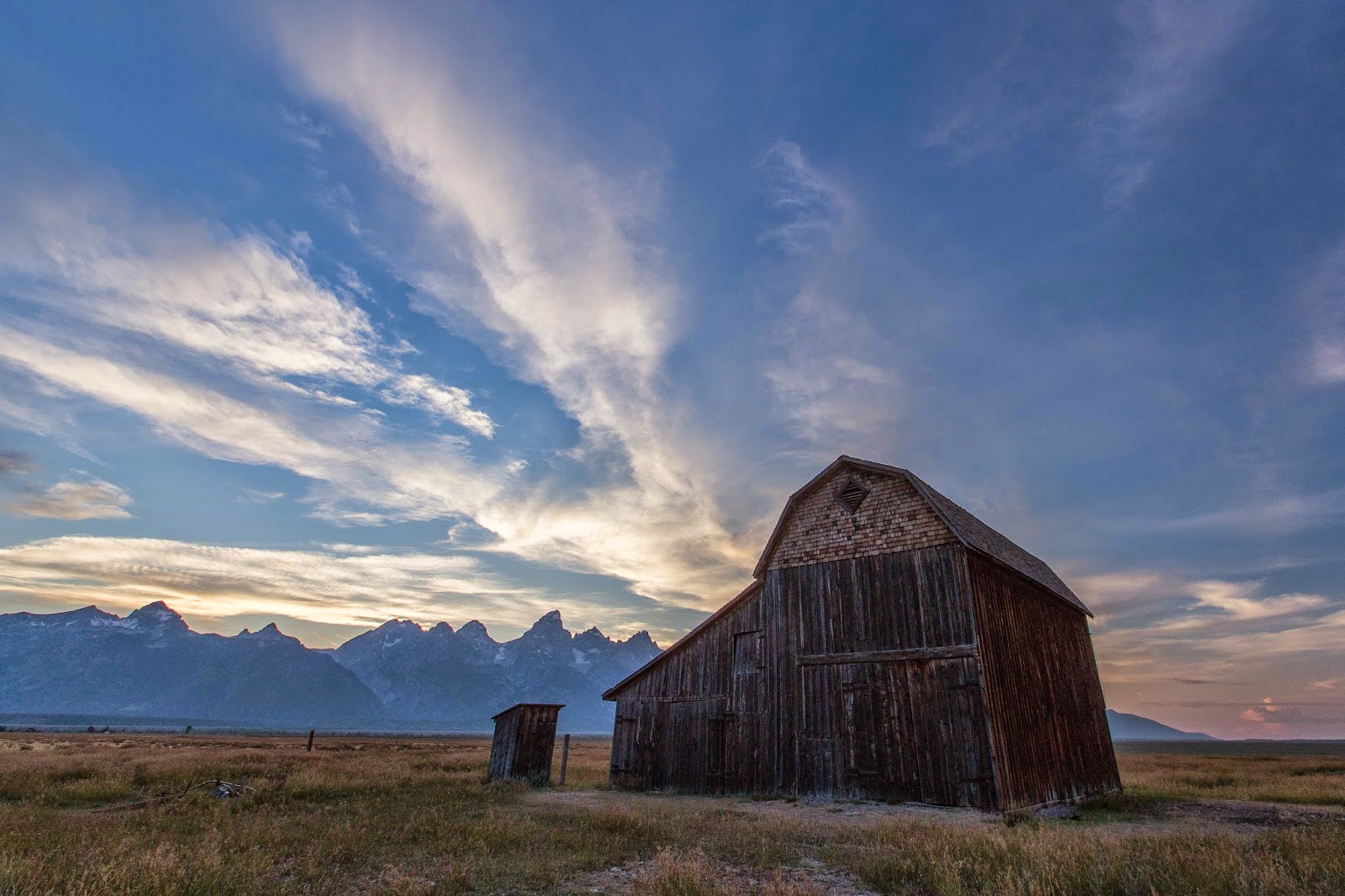I have had a wonderful holiday, and hope that you have too.
My elder daughter received what seemed like an early Christmas gift: acceptance to Cornell University. She will begin as a freshman in the fall. I think it is a wonderful fit for her and am looking forward to having excuses to visit my alma mater.
Sprawling over 2300 acres at the southern tip of Cayuga Lake, one of New York's Finger Lakes, Cornell has one of the country's most beautiful campuses. To keep our June visit about my daughter and her learning about the university, I stopped only a couple times for photos. I will remedy that on my next visit, but in the meantime here are a couple of shots of the original library which stands at the heart of campus, both literally and figuratively.
Ever since our daughters were infants we referred to them fondly as our baby bears or our little bears. I guess now we can call Eva a Big Red Bear, which is Cornell's mascot. For Christmas I made her first bit of college paraphernalia, sweaters with which to dress the little Beanie Baby bear she has had as her personal mascot for years.
The first sweater, which I made by mostly following a published pattern, entailed making four separate pieces and then stitching them together. Cute, but the seaming was tedious. Here it is modeled by a Beanie Baby bunny so I know it fits.
I made a second one by working from the top down and in the round on double point needles. It was much, much faster and required only over-stitching the "C" and weaving in yarn ends to finish. Thanks to Eva for the lovely photos!
I will update this post in the next day or two with my directions for working the sweater in the round. In the meantime, I wish everyone a wonderful New Year!
My elder daughter received what seemed like an early Christmas gift: acceptance to Cornell University. She will begin as a freshman in the fall. I think it is a wonderful fit for her and am looking forward to having excuses to visit my alma mater.
Sprawling over 2300 acres at the southern tip of Cayuga Lake, one of New York's Finger Lakes, Cornell has one of the country's most beautiful campuses. To keep our June visit about my daughter and her learning about the university, I stopped only a couple times for photos. I will remedy that on my next visit, but in the meantime here are a couple of shots of the original library which stands at the heart of campus, both literally and figuratively.
 |
| McGraw Tower at Uris Undergraduate Library |
 |
| Andrew Dickson White Reading Room in Uris Library |
Ever since our daughters were infants we referred to them fondly as our baby bears or our little bears. I guess now we can call Eva a Big Red Bear, which is Cornell's mascot. For Christmas I made her first bit of college paraphernalia, sweaters with which to dress the little Beanie Baby bear she has had as her personal mascot for years.
The first sweater, which I made by mostly following a published pattern, entailed making four separate pieces and then stitching them together. Cute, but the seaming was tedious. Here it is modeled by a Beanie Baby bunny so I know it fits.
I made a second one by working from the top down and in the round on double point needles. It was much, much faster and required only over-stitching the "C" and weaving in yarn ends to finish. Thanks to Eva for the lovely photos!
I will update this post in the next day or two with my directions for working the sweater in the round. In the meantime, I wish everyone a wonderful New Year!


























































